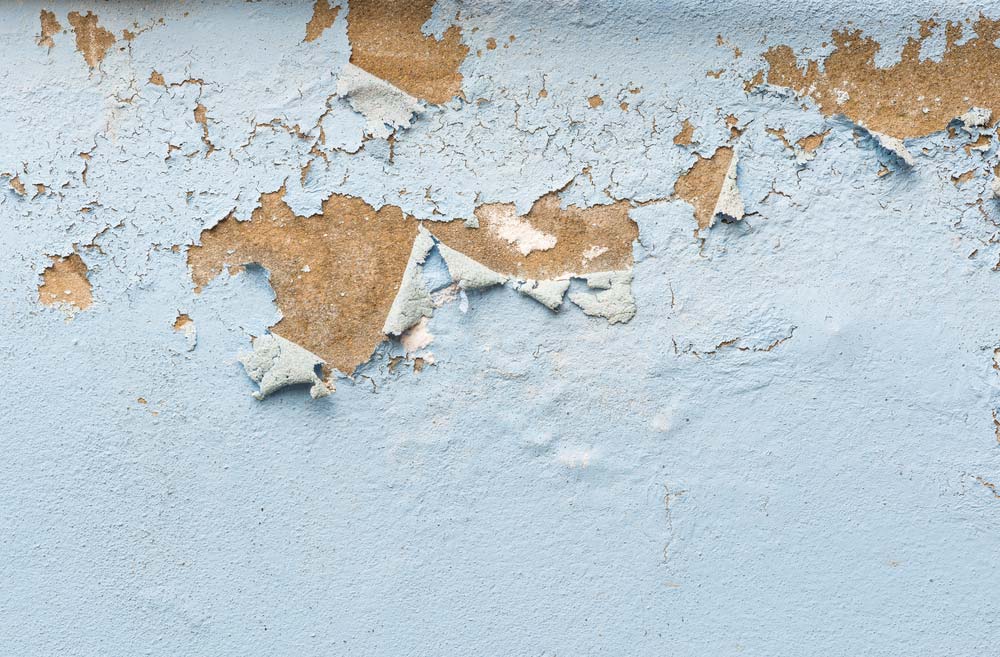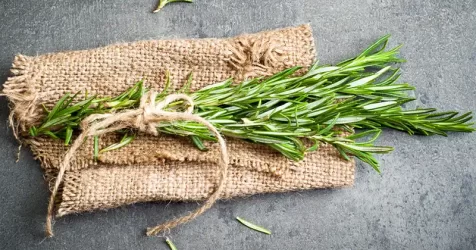How to remove moisture from your home
After analyzing and treating the cause of moisture, it is now possible to remove the stain from the wall and fix the problem once and for all. But don’t even think about painting the wall before removing the stain. Because for sure it will come back.

Before painting a wall with mold, it is important to clean it with bleach and mild soap. The tip is to spray bleach on the wall, wait a few minutes – the stain tends to reduce and lighten by itself with the product – and only then apply a soft sponge with soap. After this procedure the wall can already receive paint.
However, if you have detected that the moisture is coming from the ground, then it is necessary to apply a waterproofing agent before painting. To do this, sand and scrape every layer of paint in the area affected by moisture, enlarging the place a little to ensure that all the fungus is removed. Then apply a waterproofing product. After the drying period it is already possible to paint the wall. Preferably use an anti-mold paint to further protect the wall.
An interesting tip to help protect the wall from mold and mildew is to apply a coat of lime before the final painting. Some painters even use a mixture of lime and white glue to waterproof the entire wall.
1- Avoid humidity indoors

Better than cure is always prevention. After all, mold stains on the wall are not just an aesthetic problem, they can bring health complications, especially for those who suffer from allergies, rhinitis, sinusitis and other respiratory problems. Here’s how to avoid humidity indoors:
2- Open doors and windows

Air circulation is the main remedy against moisture. Leave doors and windows open so that air can circulate and renew itself inside the house. The same goes for furniture, especially wardrobes, leave them open from time to time to ventilate.
In the winter months, when the air is colder, let the house breathe at least in the morning and in the summer, use and abuse the sun and warmer air so that the humidity leaves the interior of the house.
3- Patrol the house

Take one day every six months, on average, to check plumbing, roof, walls, and interior furniture. Check if there is a need to replace parts or make repairs. This care will keep moisture even further away from your home.
4- Remove the furniture from the wall

Never leave furniture close to the wall. The ideal is to keep a minimum distance of five centimeters so that air can circulate between the furniture and the wall. Even so, from time to time, check to see if the wall is damp. If you notice a little moisture, move the furniture even further.
5- Use materials that absorb moisture

Spread moisture-absorbing materials in the most humid rooms, such as the bathroom and kitchen. The most suitable are pieces of coal and plaster. They suck the condensed water in the environment, preventing it from precipitating on the walls.
6- Change the wall covering

But if even with all these precautions, the humidity insists on staying in your house, try changing the wall covering. The most suitable for walls that absorb moisture are ceramic, granite and marble. Some types of textures have substances in their formula that waterproof the wall, you can opt for them too.
Now just enjoy your home with clean walls and without that unpleasant moldy smell. And, remember at the slightest sign of dampness, open all windows.



















